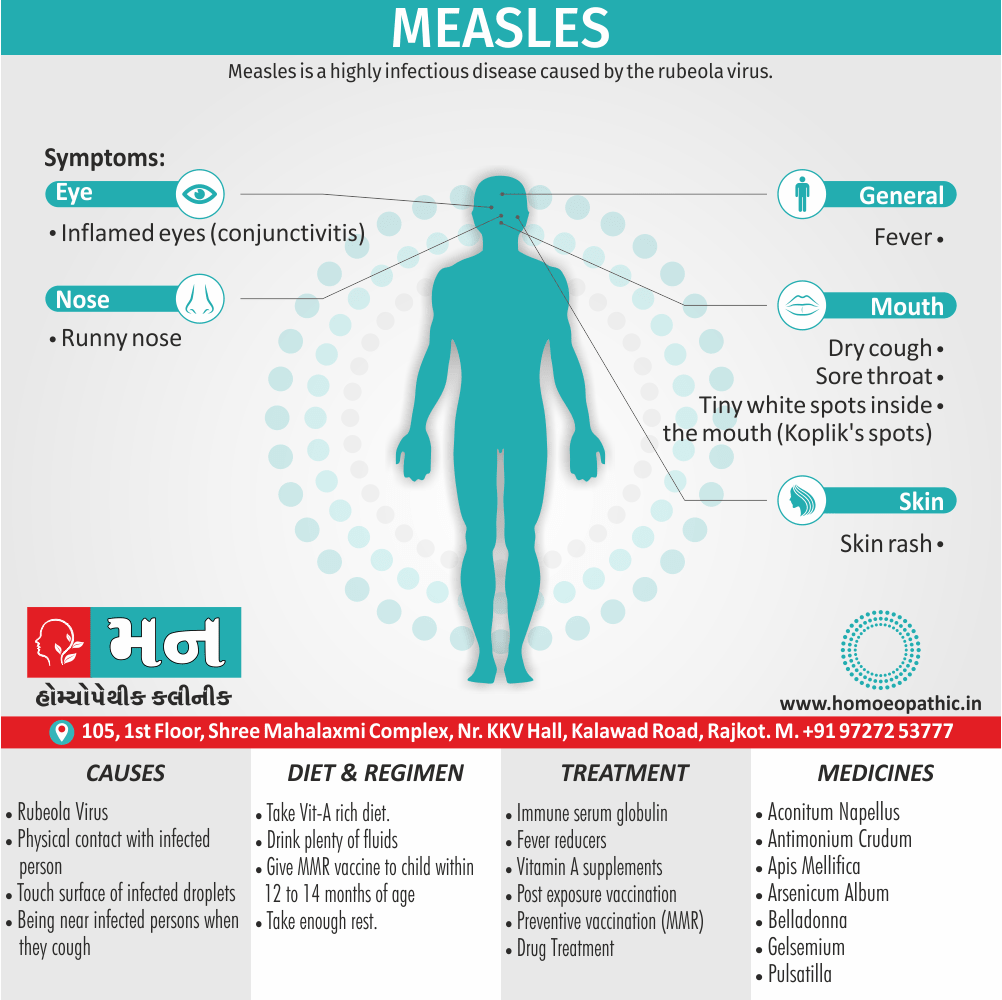
Introduction
Measles is a highly contagious viral disease that can lead to severe health complications, particularly in young children and individuals who are unvaccinated. Given the resurgence of measles outbreaks in several regions, it is crucial for parents, caregivers, and healthcare professionals to be informed about the symptoms and potential consequences of the disease. By recognizing measles symptoms early, appropriate measures can be taken to safeguard public health.
What is Measles?
Measles, caused by the measles virus, spreads through respiratory droplets when an infected person coughs or sneezes. Despite the availability of a safe and effective vaccine, outbreaks have been reported in various communities largely due to vaccine hesitancy and lower immunization rates.
Common Symptoms of Measles
The symptoms of measles typically appear 10 to 14 days after exposure to the virus and often begin with these initial signs:
- High Fever: Usually starting around 101°F or higher.
- Cough: A persistent dry cough is a common early symptom.
- Runny Nose: Nasal congestion and runny nose can accompany other symptoms.
- Red Eyes: Also known as conjunctivitis, red and sensitive eyes are typical.
Following these early symptoms, a characteristic rash often appears:
- Rash: A red, blotchy rash typically starts on the face and then spreads to the neck, trunk, and limbs. The rash usually appears 3 to 5 days after the initial symptoms.
Potential Complications
While many people recover from measles without serious complications, it can lead to severe health issues such as:
- Pneumonia
- Encephalitis (brain inflammation)
- Diarrhea
- Ear infections
Conclusion
Recognizing the symptoms of measles is vital for early intervention and preventing widespread outbreaks. It is advised to consult a healthcare professional if measles is suspected, especially in unvaccinated populations. The importance of measles vaccination can’t be overstated, as it not only protects the individual but also contributes to community immunity, safeguarding those who cannot be vaccinated due to health reasons. Keeping vaccination coverage high is essential to prevent future outbreaks and protect public health.



